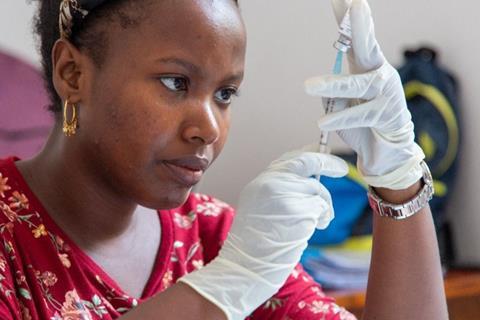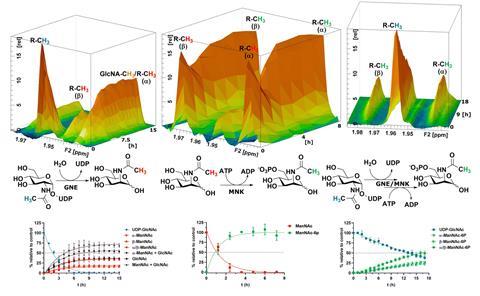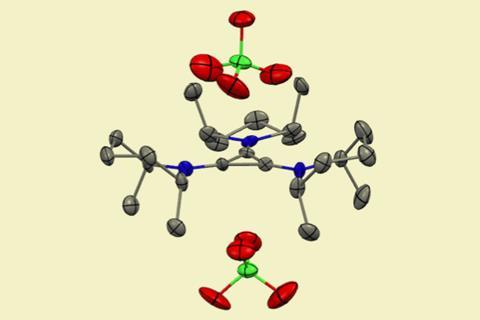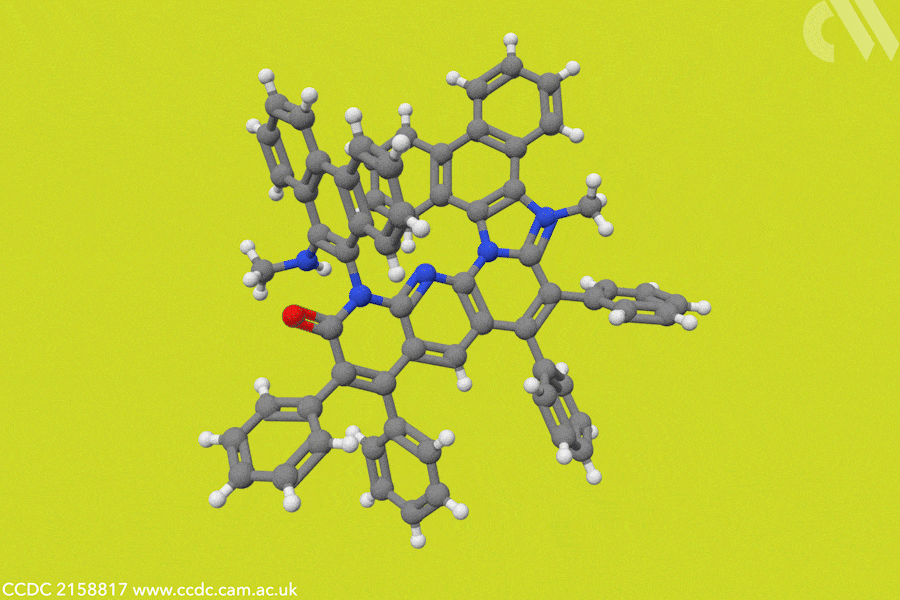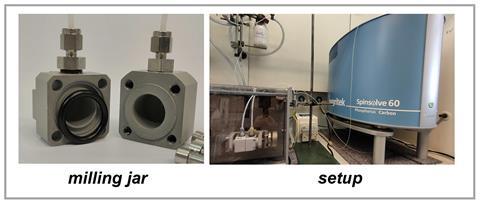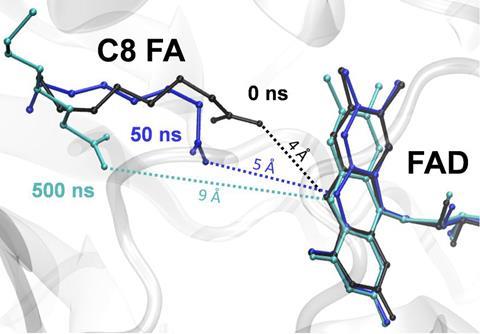A pilot project has succeeded in scaling-up production of hydrogen using solar power, opening the door for the technology to be used in the battle against climate change. Hydrogen has long been touted as a possible carbon-neutral fuel source that could be used to transition away from more polluting alternatives, such as oil and gas. […]
Read More
